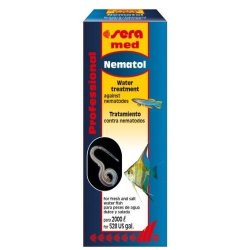I have had my sunset platy for about two months now and today she seems very ill. Her spine seems bent forward (like she can't hold her tail up) she seems very skinny and struggling to swim (wobbling from side to side to swim) She hasn't lost her colouring but she just looks so frail. I have googled this and there are so many platys with the sane oroblem but nobody can tell me what it is thats caused it or what i can do. I added 2 balloon Molly's, 2 shrimp, 2 zebra fish, 4 neon tetras, 2 tetras 2 corydoras and 2 guppys last week after having the tank for just a month, making sure the water levels were fine before I added fish. There was already a Molly, corydora and a silver shark.
My water parameters are fine having them tested at my local fish store, the tank is a 60 litre and the 50% of the water was changed last week.
Can anyone tell me what could be wrong with my platy and if there's anything I can do for her? Most of the fish are ignoring her at the moment but one of the balloon Molly's are pushing her around a little.
Thank you!
My water parameters are fine having them tested at my local fish store, the tank is a 60 litre and the 50% of the water was changed last week.
Can anyone tell me what could be wrong with my platy and if there's anything I can do for her? Most of the fish are ignoring her at the moment but one of the balloon Molly's are pushing her around a little.
Thank you!




